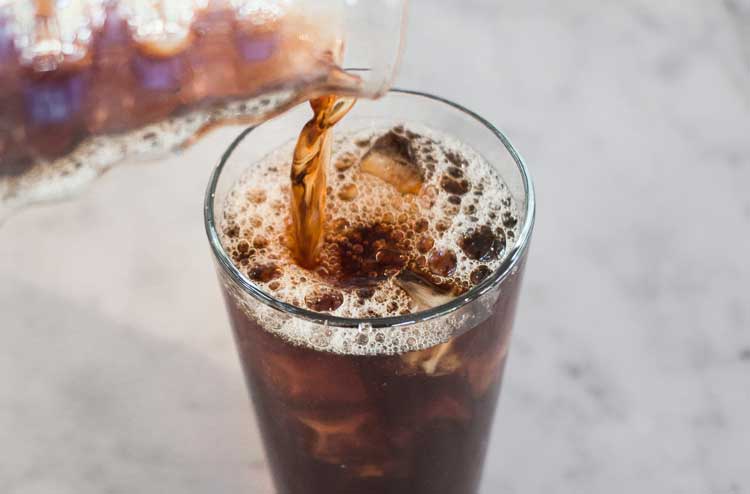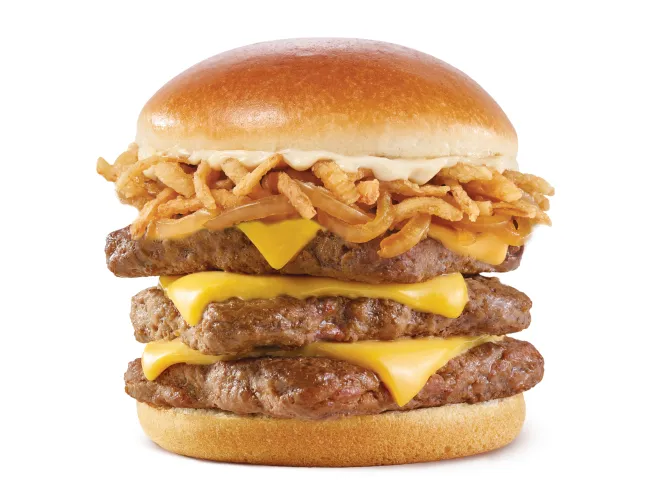Wendy’s Cold Brew
Wendy’s Cold Brew coffee has taken the coffee world by the gale, and it’s easy to see why. With its smooth, rich flavor and energizing bite, cold pop offers a new way to enjoy caffeine. Unlike modern iced coffee, cold pop is brewed differently and is a soft logically sweet, and less acidic mug. Let’s dive into the world of cold pop, including how to make it, serve it, and a lot of fun data to impress your coffee-loving musketeers.
What Is Cold Brew Coffee?
Cold brew coffee is not fair iced coffee. Though iced coffee is ready hot and then relaxed, cold brew is saturated in cold water over a long period, naturally 12 to 24 hours. This slow removal process results in a slicker, more focused coffee that’s packed with flavor but without the resentment.
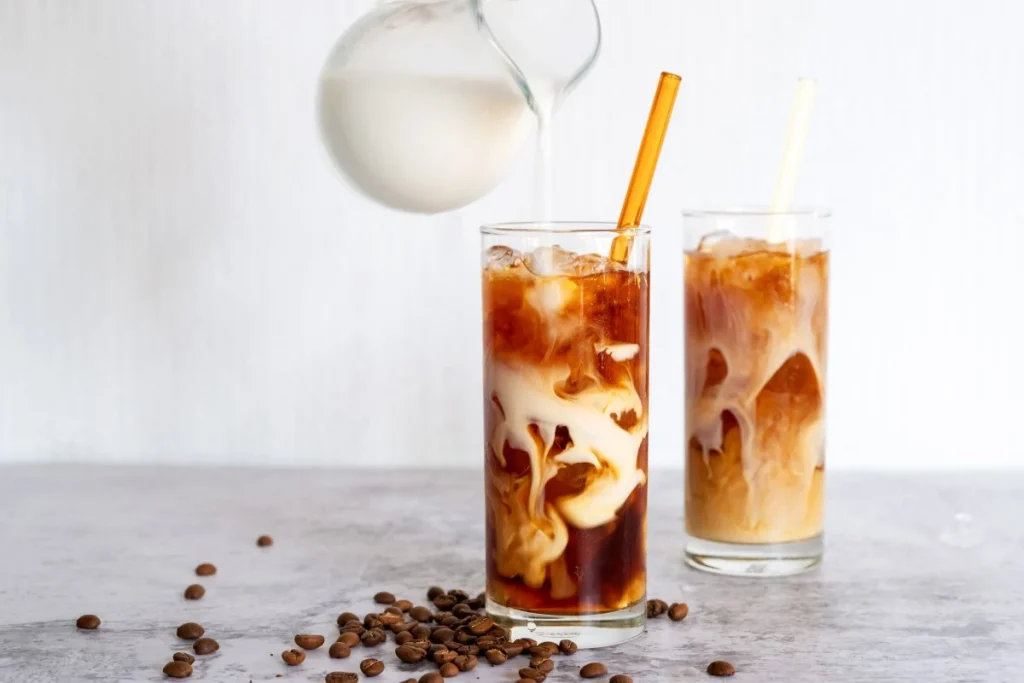
How To Make Cold Brew Coffee
Making cold Pop is surprisingly simple, and it doesn’t bear an elaborate getup. All you need are some preliminary residents, acceptance, and a love for coffee.

Cold Brew Ingredients
- Crudely base coffee sap (rather medium to dark meal for a comfortable flavor) Cold, filtered water
- A vessel or crock for suffusing
- A colander or cheesecloth for sifting

Steps for Making Cold Brew Coffee
- Measure Your Ingredients: the standard coffee-to-water rate for cold pop is 14. For illustration, if you use 1 mug of coffee grounds, combine it with 4 mugs of water.
- Combine Coffee and Water: In your vessel, add the tastelessly ground coffee, and also pour the cold water ended it. Mixing gently to ensure all the grounds are steeped.
- Steep the Mixture: Cover your vessel and let it steep at room infection or in the fridge for 12 – 24 hours. The longer it steeps, the more solid the flavor.
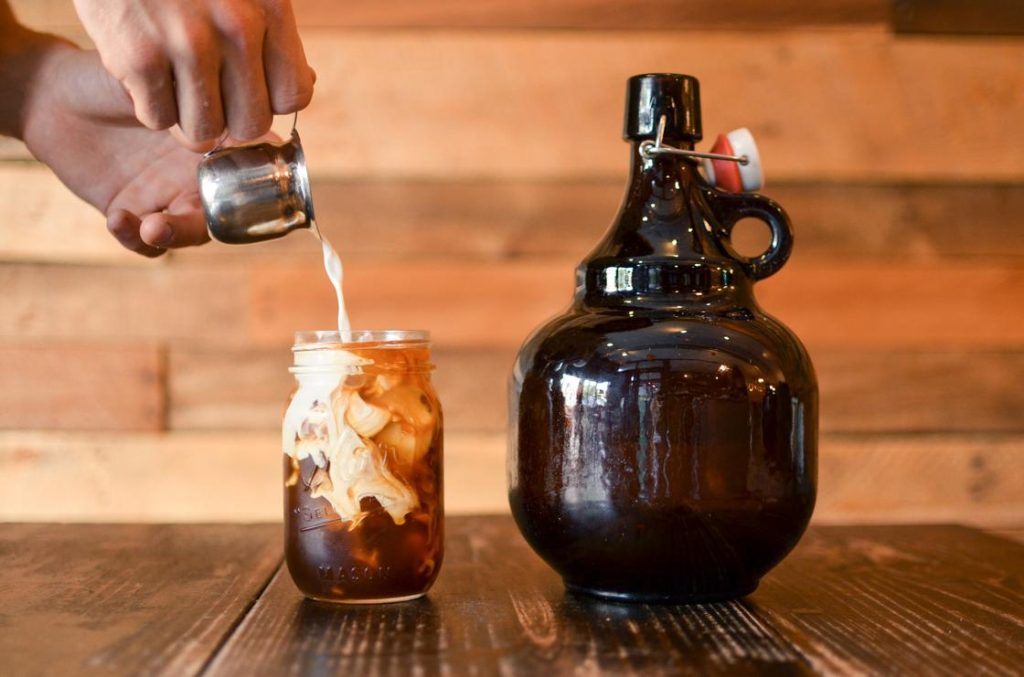
How to Strain Your Cold Brew
Once your coffee has suffused, it’s time to strain out the estates. Use a fine-mesh strainer, a coffee slush, or a cheesecloth to separate the fluid from the ground. Pour the simulated coffee into a clean jar or bottle for the storehouse.

Cold Brew Method Wendy’s Cold brew
Cold Pop is each about the slow method. By using cold water, the coffee’s normal flavors are displaced without the resentment and sharpness that come with hot preparation styles. The result is a smooth, sweet, and bold drink that’s extremely protean.
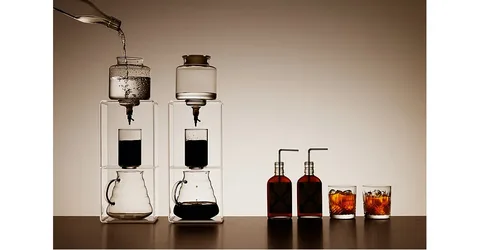
Why Should You Cold Brew Your Coffee?
- Smoother Taste: Cold Pop is naturally sweeter and lower bitter
- Lower Acidity: Cold brewing reduces the acidity, making it easier on sensitive tummies.
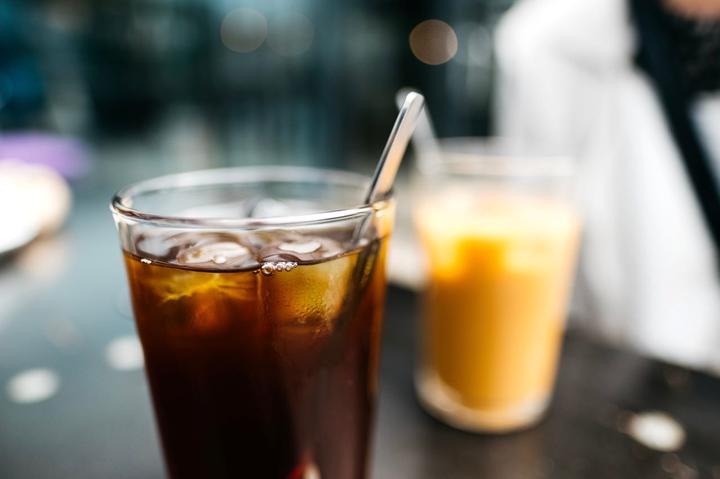
Cold Brew Coffee Recipe Tips!
- Use late coffee for the stylish flavor
- Trial with the coffee-to-water rate to find your favored strength
- Always use cold, filtered water for a cleaner taste
- Store your cold pop concentrate in the fridge for over a week

How to Serve Cold-Brewed Coffee
- Classic Over Ice: Pour the concentrate over ice and add water or milk to adulterate.
- Sweetened: tire in simple saccharinity, caramel, or vanilla for a touch of friendliness.
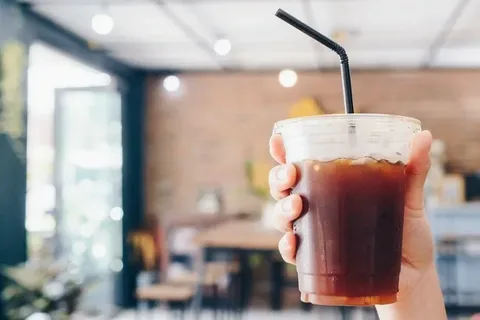
Cold Brew Can Be Strong
Still, be conservative, if you’re complex to caffeine. Cold pop is generally prepared as a focus, so it’s much stronger than a typical mug of coffee. Always adulterate it to your relish.
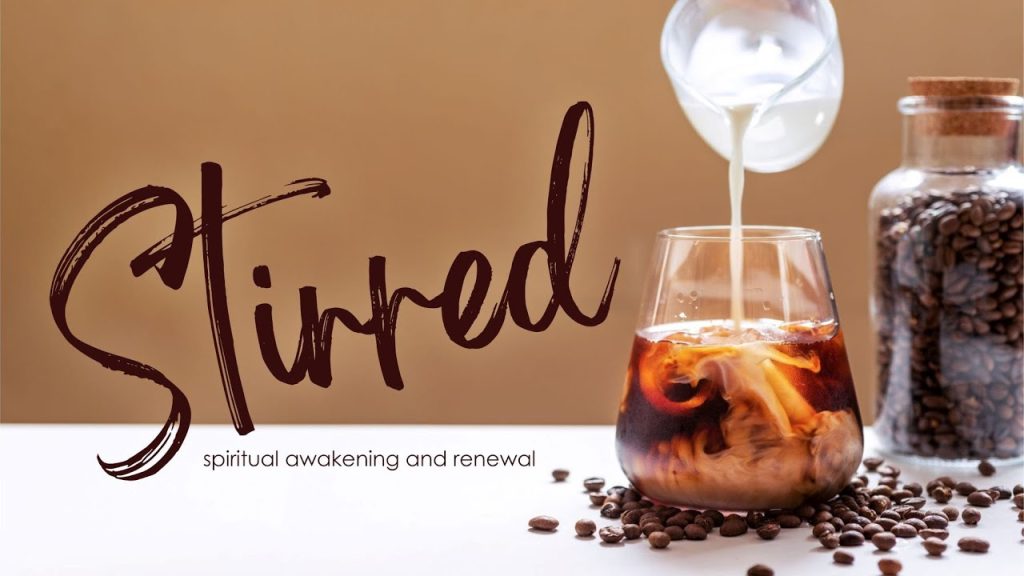
Cold Brew Is Less Acidic
One of the most well-known benefits of cold pop is its low acidity. This makes it a great option for people with acid inflow or complex stomachs.
How to Strain Your Cold Brew
When straining your cold pop, avoid pressing the ground. This can relieve bitter flavors. Let Severity do the work for a cleaner and smoother mug.

Cold Brew Coffee (Recipe & Tips!)
- Ingredients: Indelicately base coffee, cold water, a large pot, and a filter.
- Method: Tastelessly base coffee, cold water, a large jar, and a sieve.
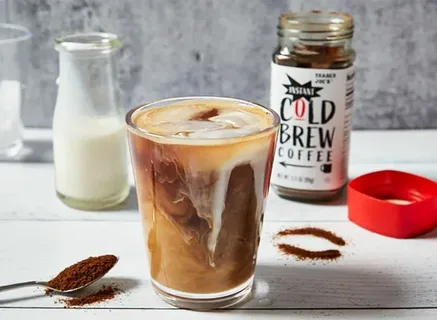
Why Is Cold Brew So Popular?
Cold Pop has become a favorite because of its smooth flavor and flexibility. Whether you’re a coffee mark or someone who prefers milder potables, cold pop has a commodity to offer. It’s inspiring, easy to make, and a great pick-me-up on hot days.
